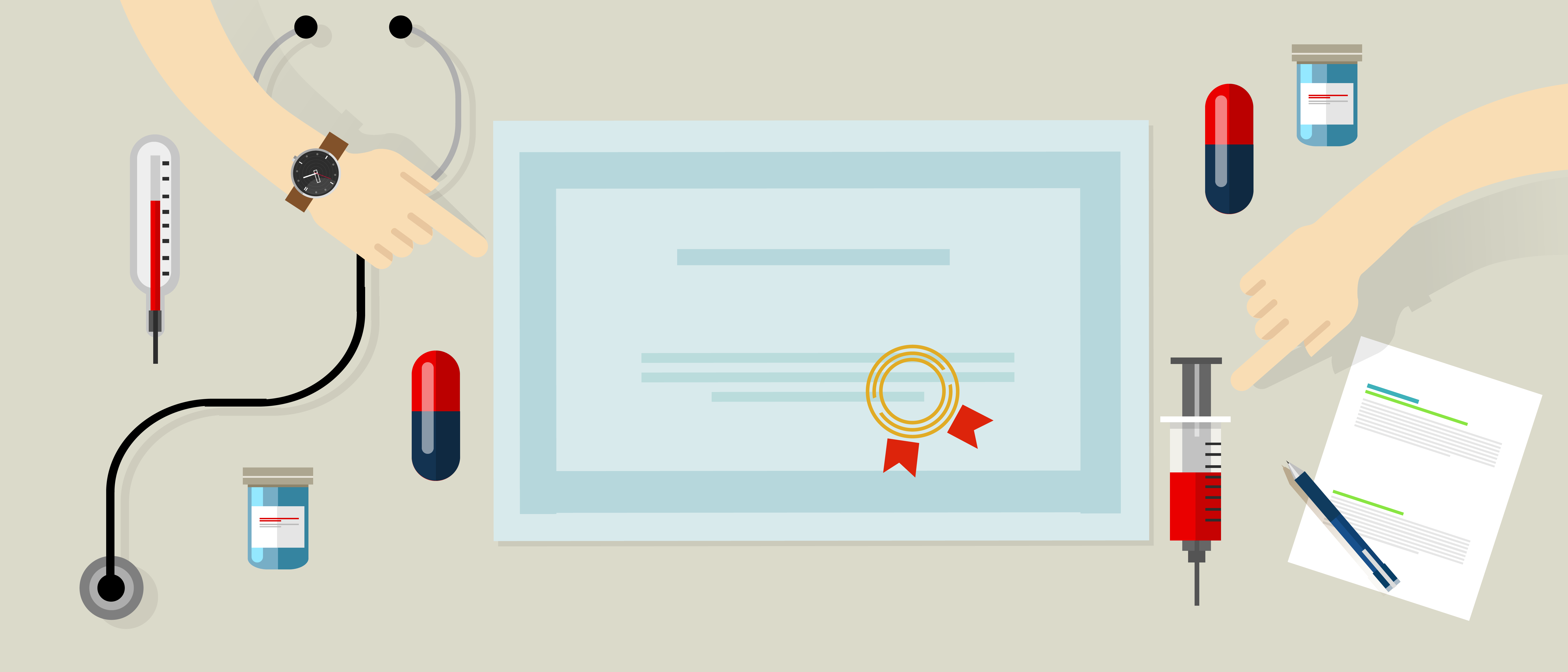If you are anything like us, you’ve experienced steady changes with the continuously evolving MDR requirements. In 2020, the new European Medical Device Regulation (MDR) was rolled out. These guidelines govern the production, distribution, supply, and other aspects of medical device regulations.
To help our partners and clients manage the regulatory changes, United Language Group hosted a three-part webinar series centered on all things MDR. This series can help you and your company not only comply with the regulations but also stand out in the market. Hosted by MDR expert, Ronald Boumans, we started with a deep dive into how to stay compliant with Article 59 and the CE derogation on your device.
A recap: CE Marking Derogation for Medical Devices in the EU
The CE mark on a medical device indicates that a product is in compliance with the legislation and can move freely on the Union market. Due to Brexit, COVID-19, MDR transition, and many other issues, devices that are needed on the market may be missing their CE certification. Fortunately, there are exemptions:
- Investigational Devices—It may not be possible to demonstrate compliance of these devices with all General Safety and Performance Requirements.
- Custom-Made Devices—Because these are intended for a specific patient, they will not move on the Union market.
- Devices for which a derogation has be authorized: see Article 59 MDR or Article 54 IVDR
So, does this mean you can place your devices on the EU market without a CE mark?
Well, not exactly. Competent authorities may apply certain criteria for authorization of the CE derogation, but they must consider how critical the device is and the availability of appropriate substitutes. These derogations should be considered temporary.
How do I navigate Article 59?
Article 59 is a proposal that allows each specific Member State to authorize medical devices to hit market without a CE mark. How does this work? If you can prove that the device is part of a public health or patient safety need, you can start this process. It’s not easy, but here’s how you would do it:
- Prepare documentation to demonstrate to a national competent authority the device is compliant. This is like notified body technical documentation review.
- Ensure post-market surveillance data of other markets, or equivalent or similar devices, is available and of high quality.
- Be able to demonstrate your device is of critical importance and there is no suitable alternative.
Our recommendation would be to avoid Article 59, as you have to repeat this process for each Member State where your device will be made available.
Your three main takeaways to stay successful with compliance:
- Try to limit your risk of derogations that are necessary for your device.
- Ensure technical documentation is updated, consistent, and translated.
- Avoid using Article 59 if possible!
If you’re interested in learning more about navigating Article 59, check out our webinar series.
Life Science Language Solutions
At United Language Group we pride ourselves in being industry experts, so you don’t need to take the time to bring us up to speed on regulations, industry-specific guidelines, and the strictest global requirements. We understand scientific language and processes as well as the intricacies of settings in which your translations may be used. Let’s connect.



